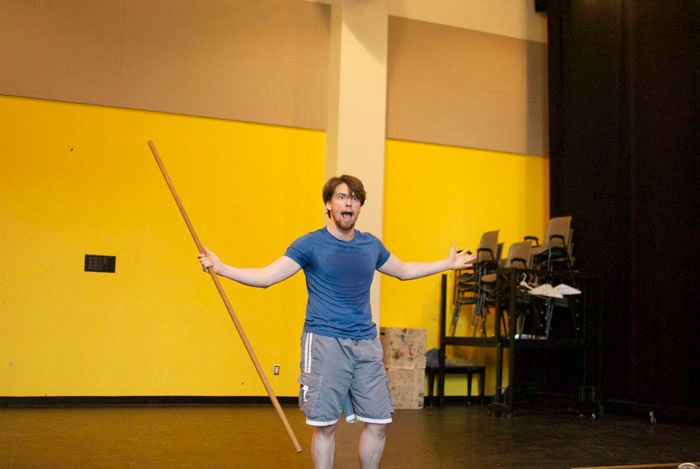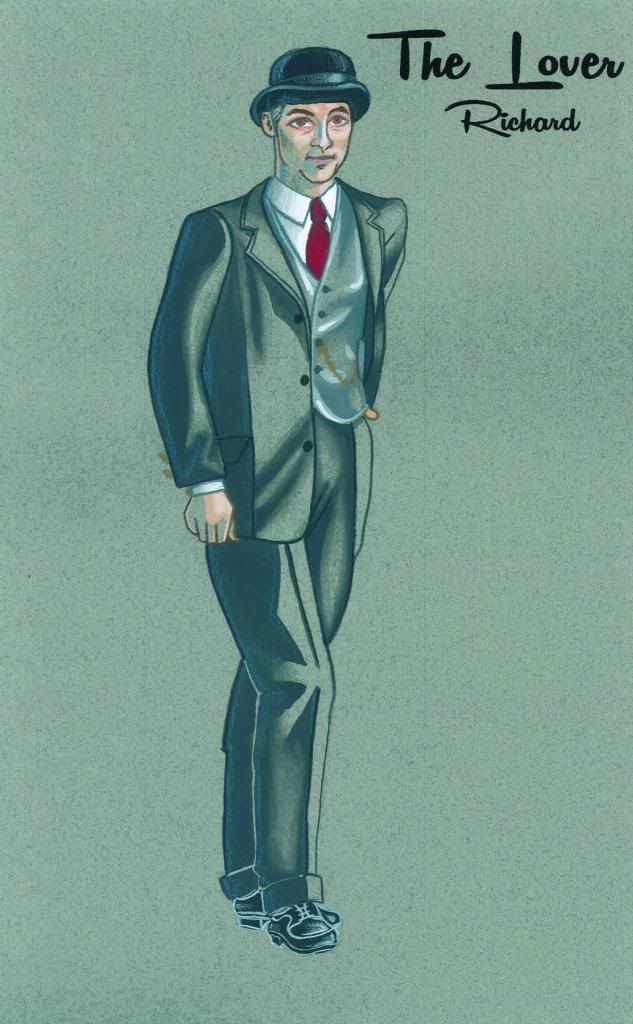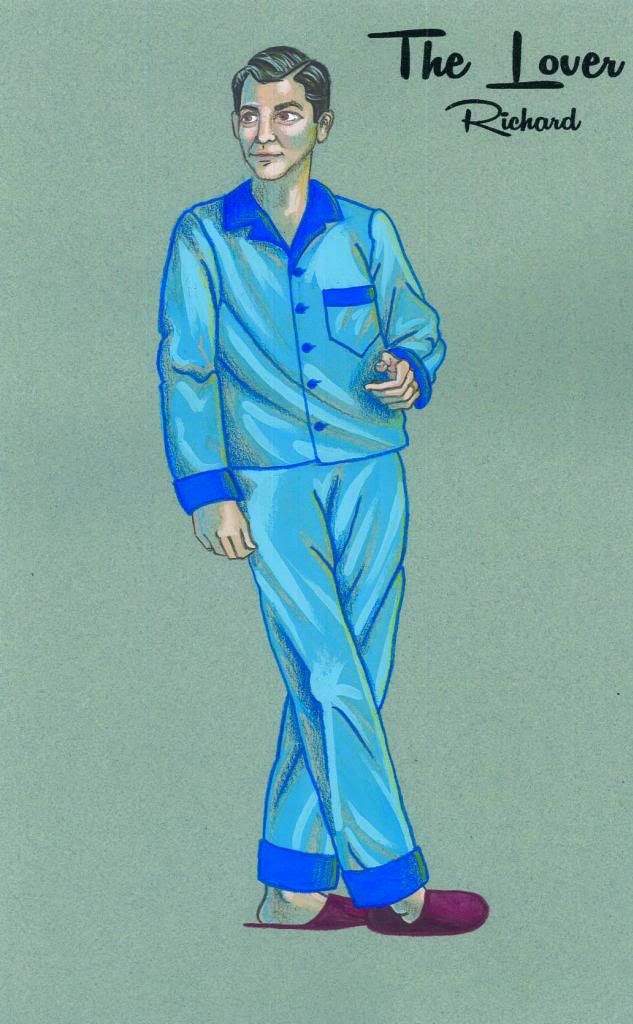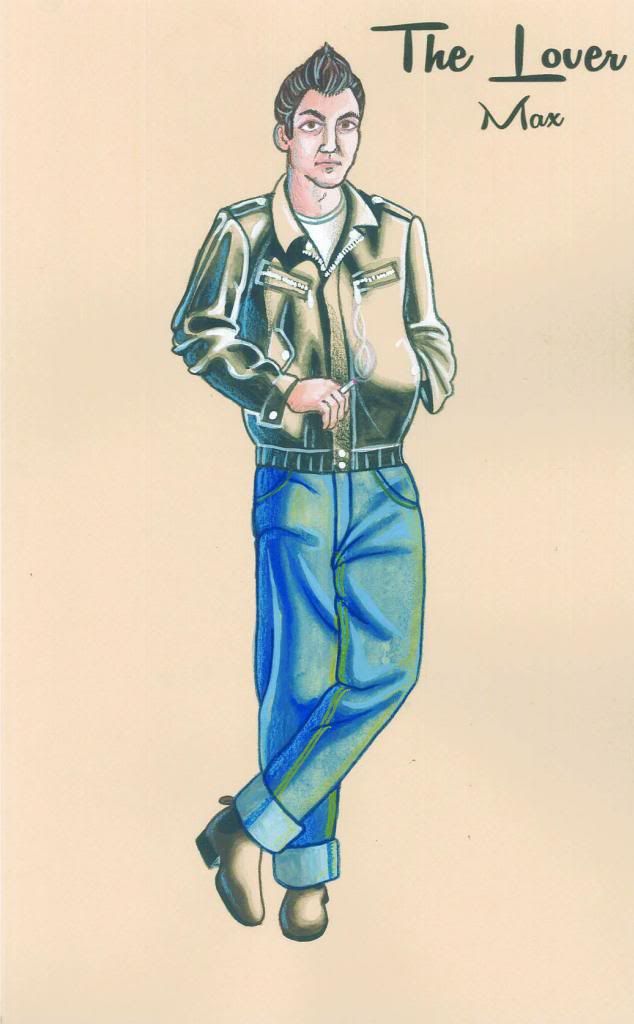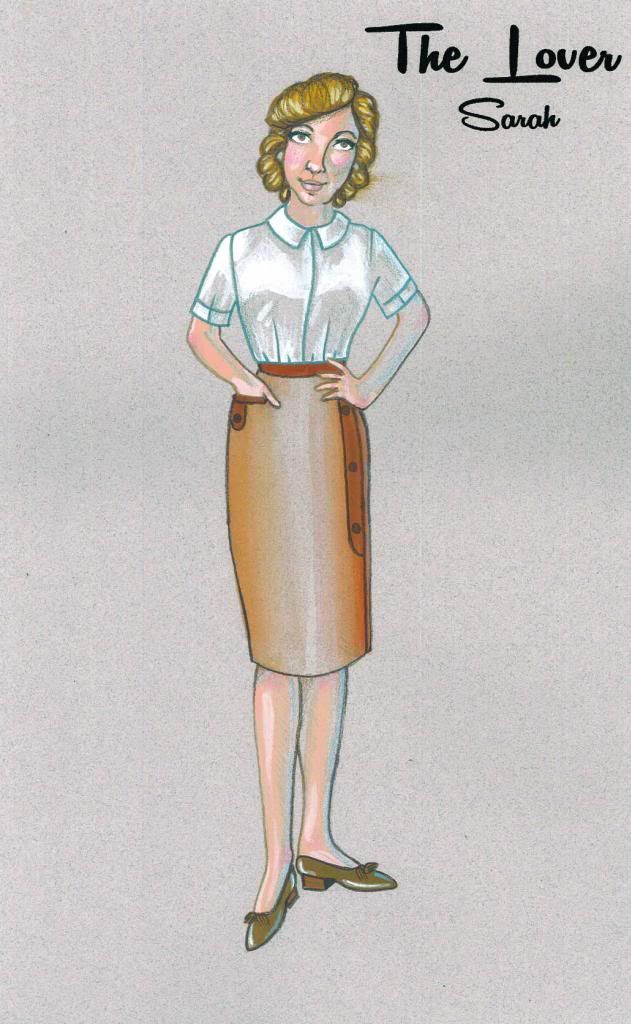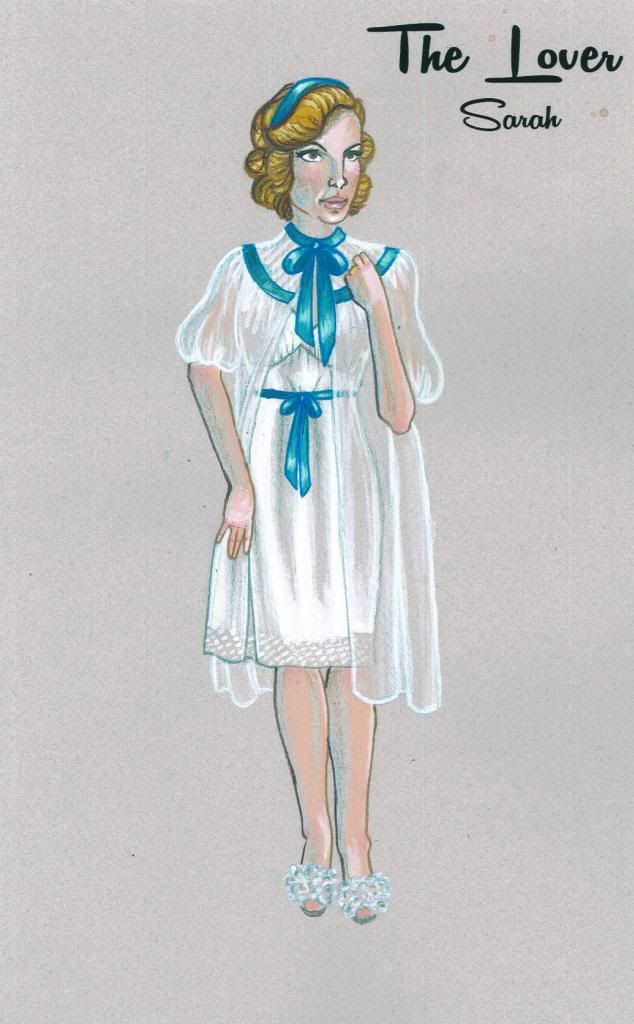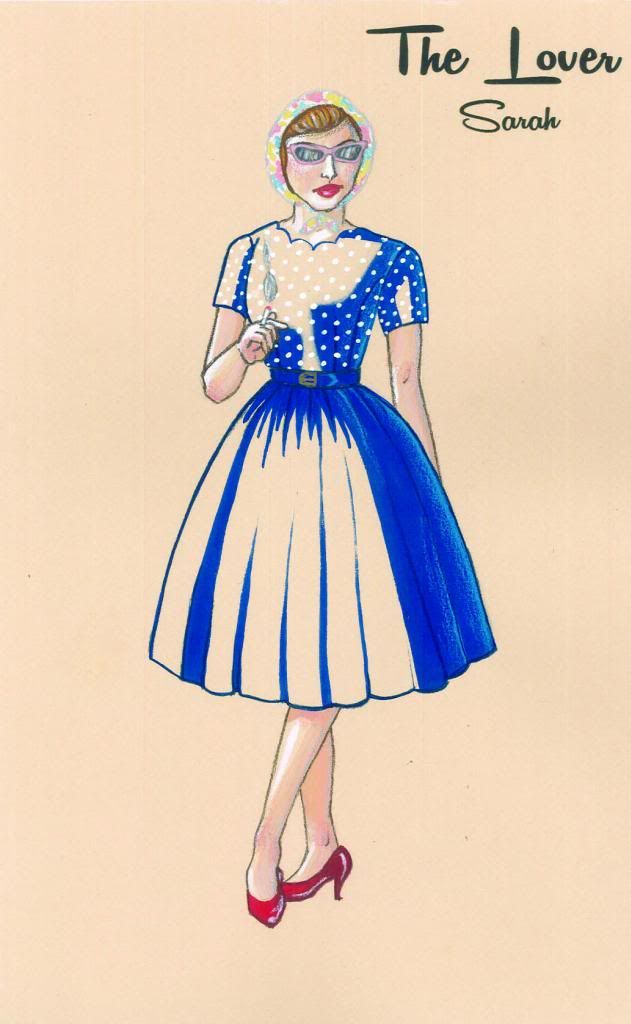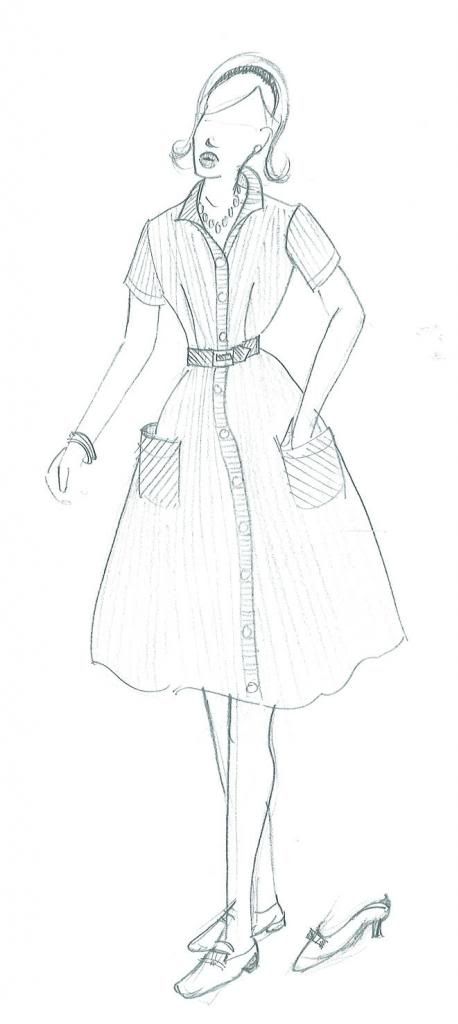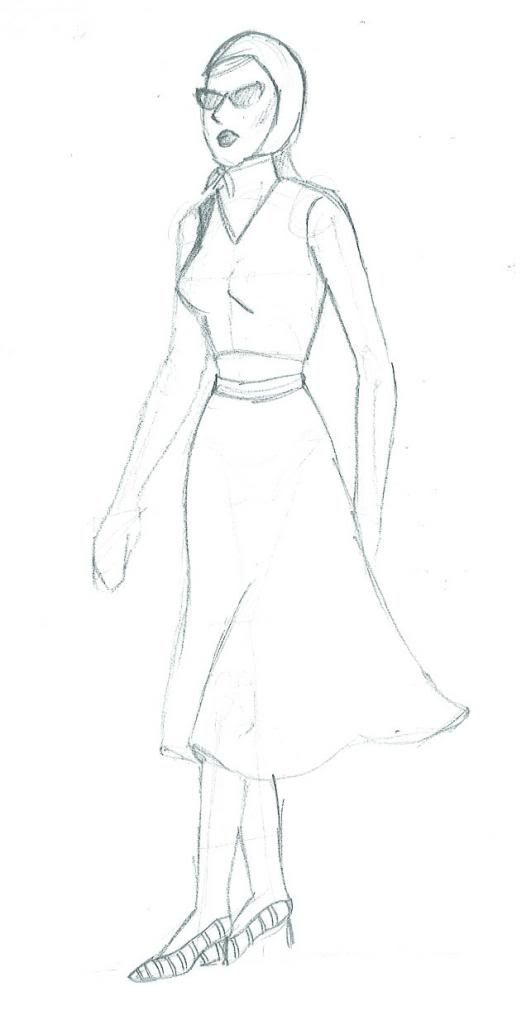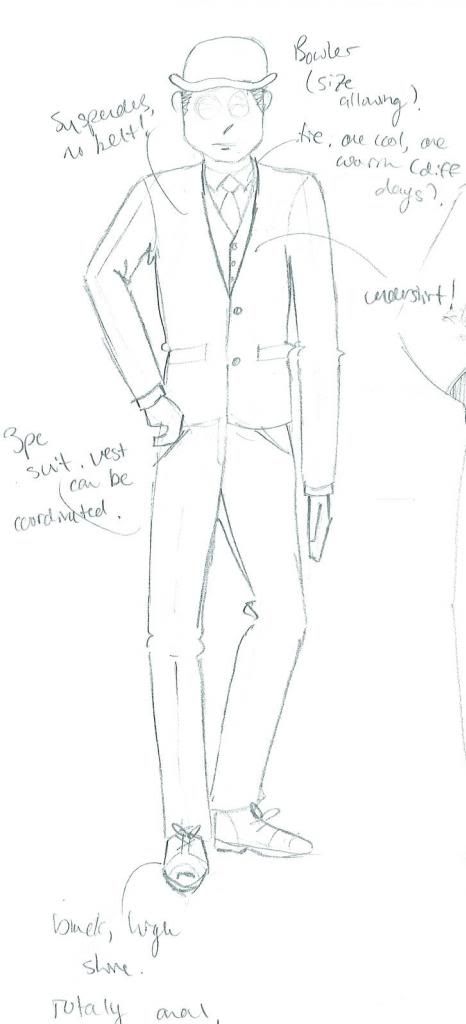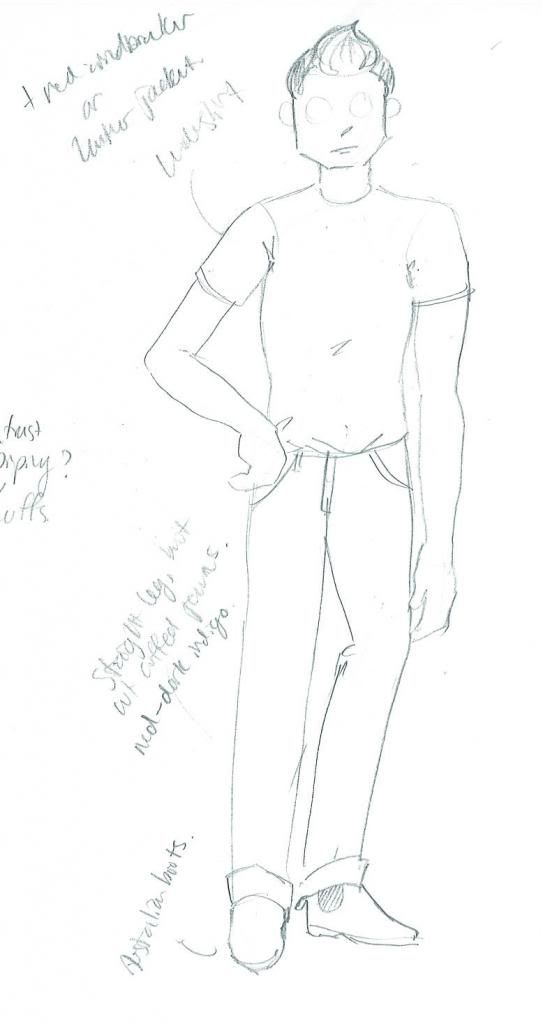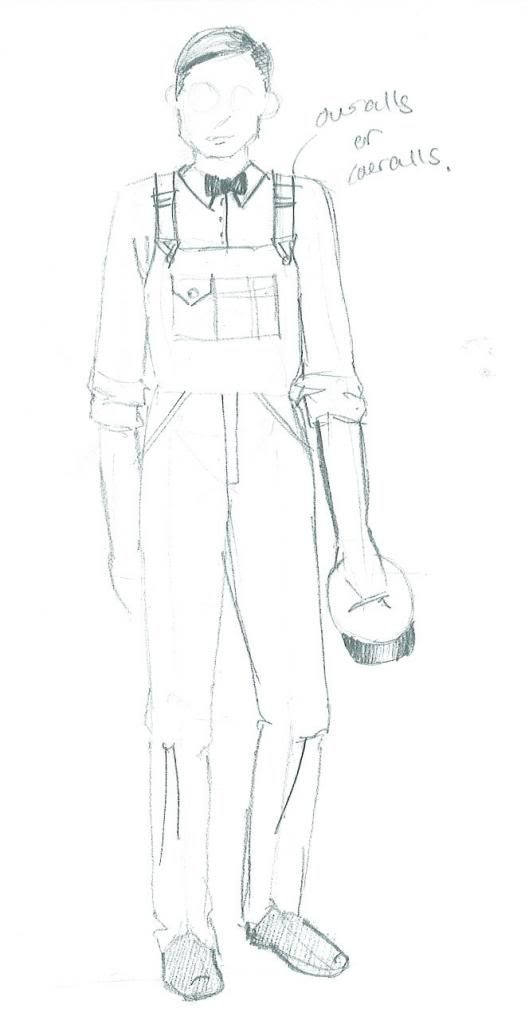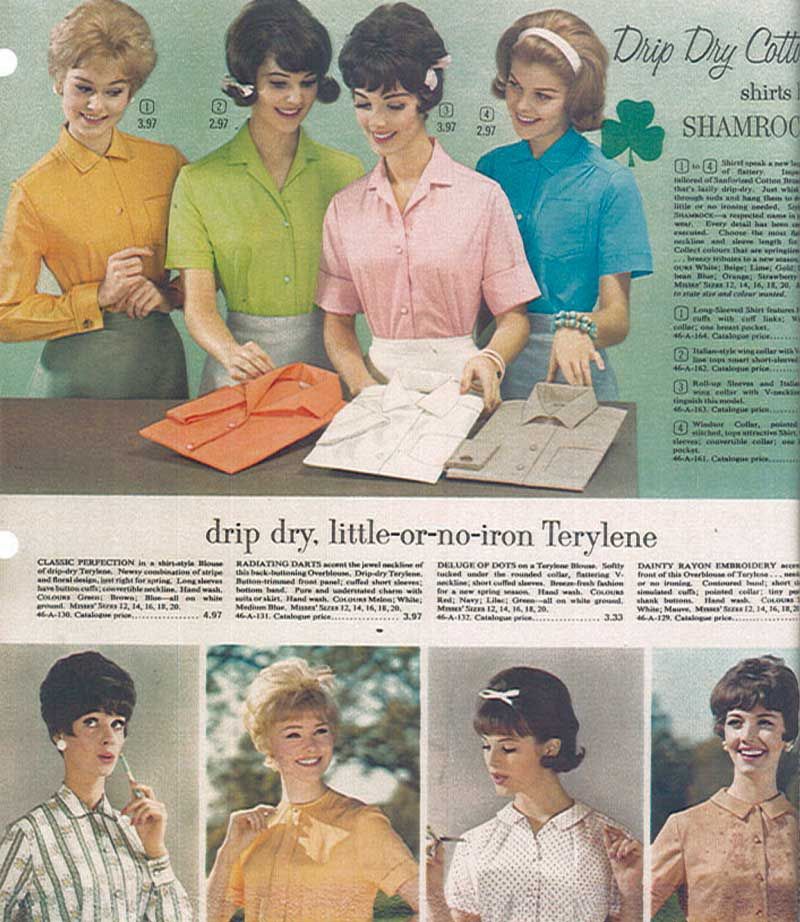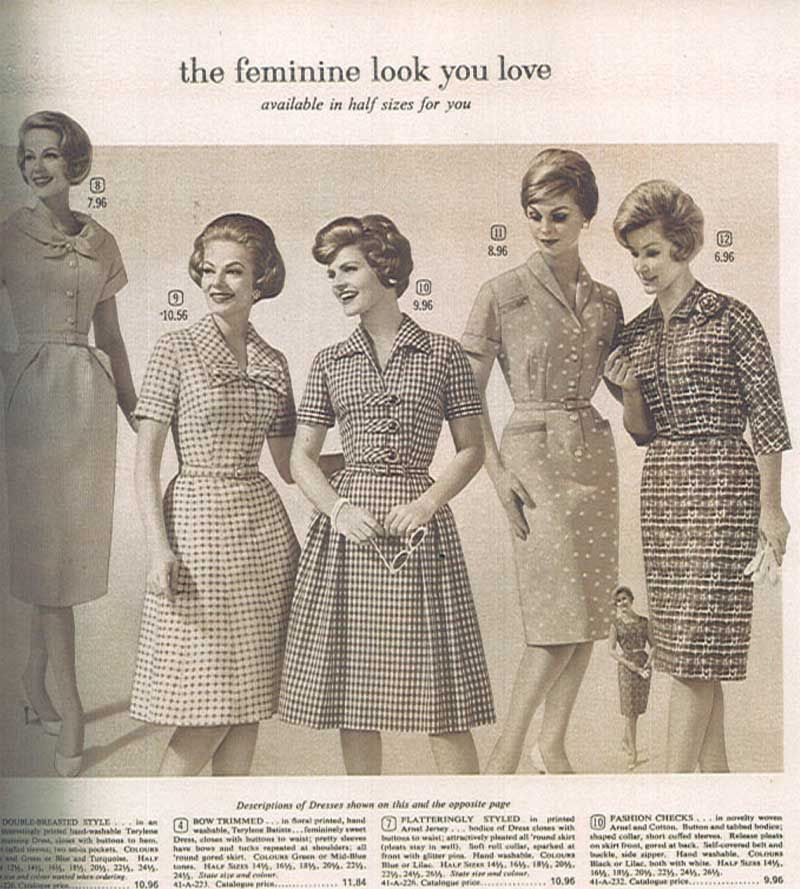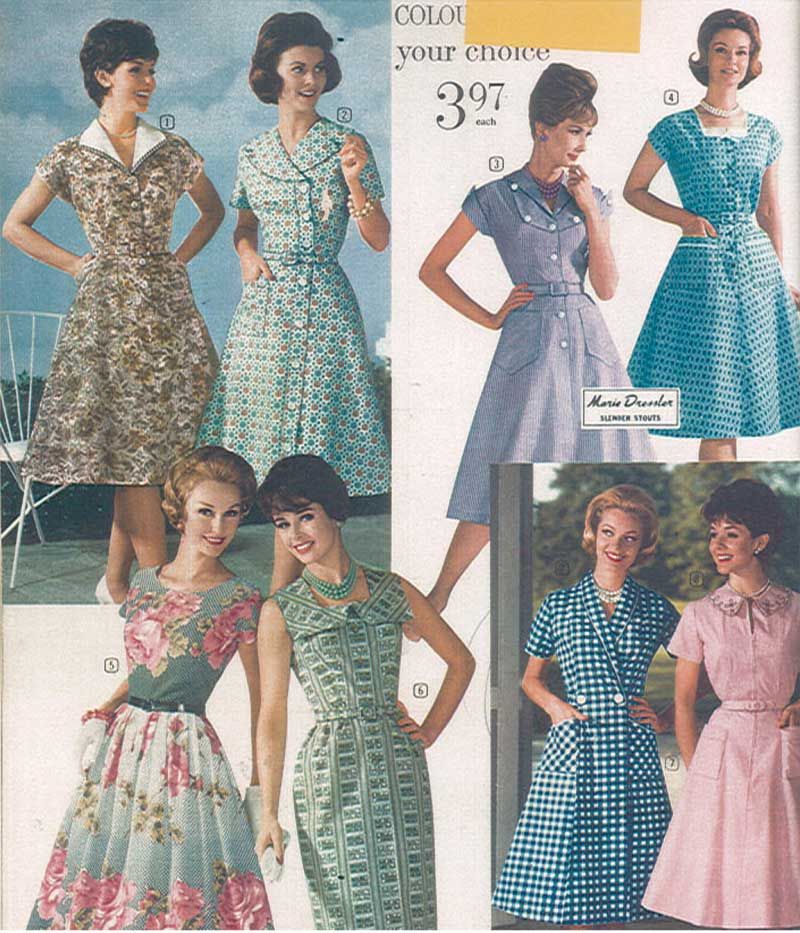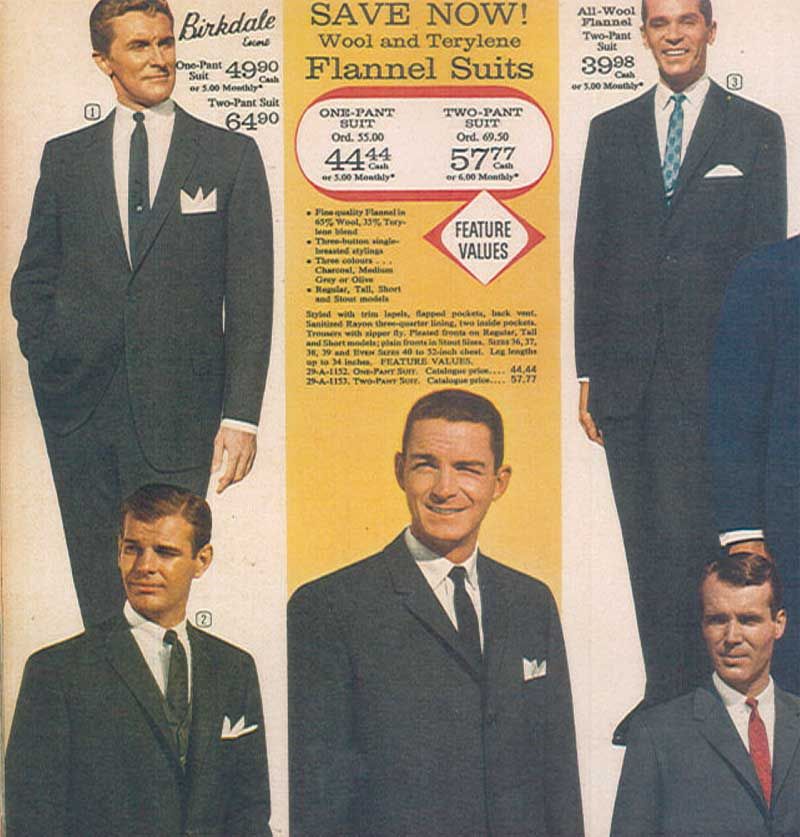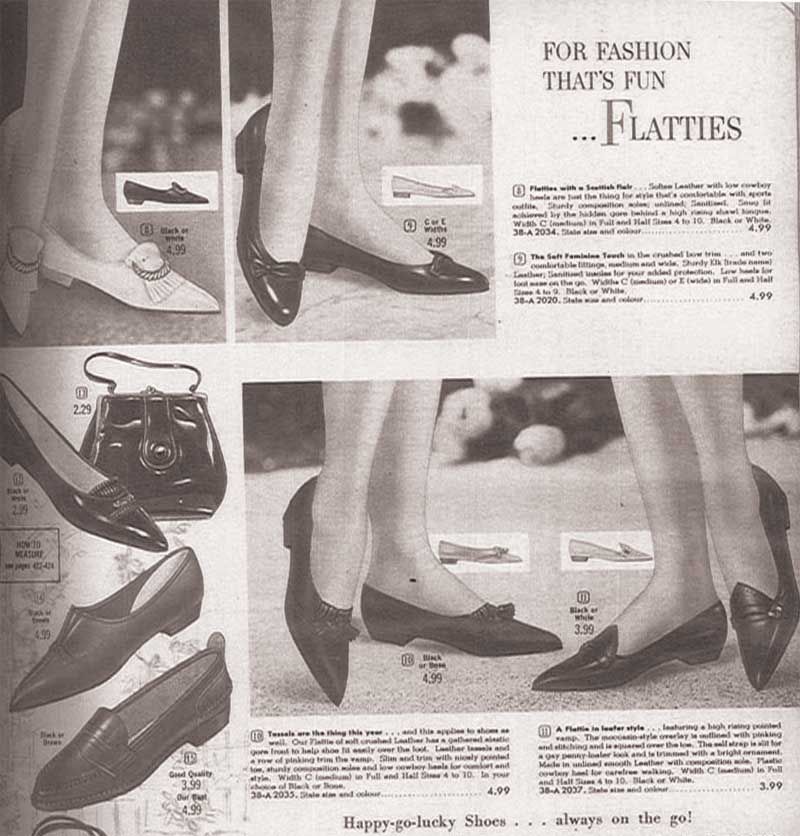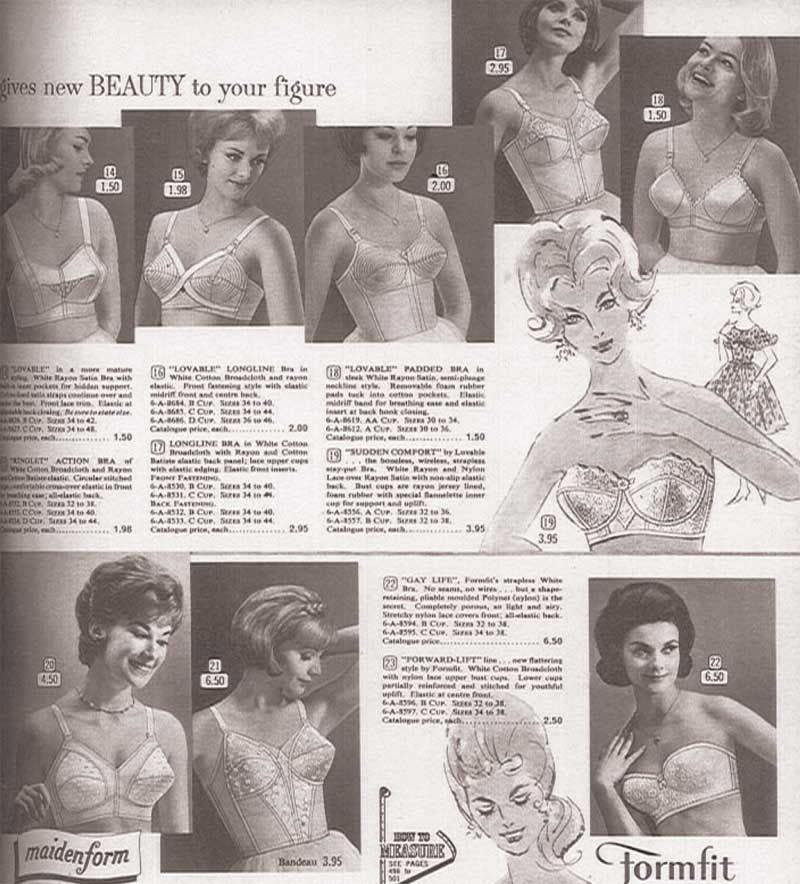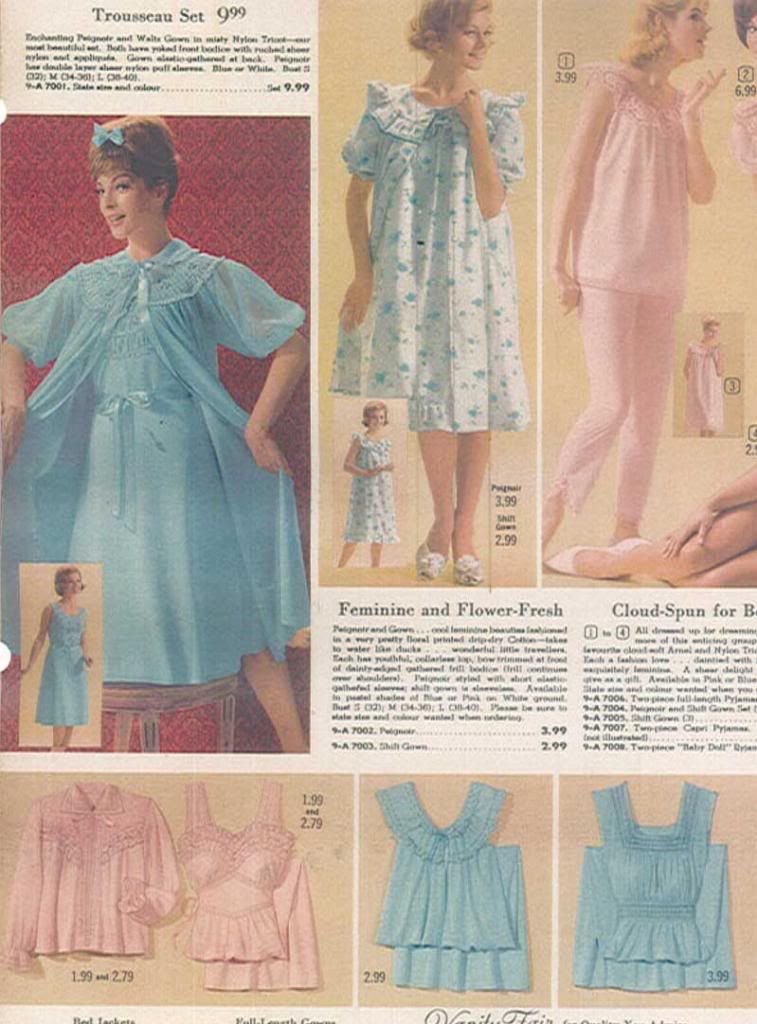Sex, sex, sex, and the Milkman. Such is the daily normal life for British married couple Richard and Sarah. But let's be clear: the sex isn't being had between the two of them. Well, not exactly, anyhow.
As we are introduced to the central figures in Harold Pinter's The Lover they speak very frankly about their extra-marital sex lives. Housewife Sarah has a lover who comes by many afternoons a week, and businessman Richard has a "lady of the night" he frequents on his way home. The audience is shocked and amused and a little uncomfortable about how open the couple is about their regular infidelity. But hey, different strokes, right? When the milkman arrives mid-morning to deliver some cream (cue heavy bass and synthesizer... bow chica bow-wow) we're relieved with a bit of humour. I mean, it's so cliche for it to be the milkman!! But he really has only come to deliver some cream, and Sarah doesn't want any - she's waiting for her lover, and he doesn't work for a Dairy.
Sarah's lover is her husband, roleplaying in costume as the man "Max", and Richard's whore is Sarah dressed up and playing for him. So how do you show a couple who play at infidelity without any infidelity at all? A couple who have begun to waver in their enjoyment of the other's fantasies, wishing the other didn't need them, but still wholly excited by their own? A couple who don't have sex as man and wife, but as strangers and customers?
Originally created for television, Harold Pinter's The Lover was written in 1963, the same year that the production by 3 Peasants Productions (for which I am designing costumes) is being set. We just had our first design meeting this past weekend, and I have dived into my process head first since then. As my final designs are due in 1.5 weeks (I may have set myself a very tight deadline, eep! But sourcing costumes for a period show on a budget is going to take time, and the earlier I get approval from my Director, the sooner I can begin scouring thrift stores), I am well into the research stage of the design process. I thought it would be fun to show you guys a peek into how I design a show at several stages in the process, from concept to creation. So, let's see where it all begins!
I always look to the social climate of the time period the play is being set in, as well as the years leading up to it to get a real sense of what parts of the play resonate with the ongoing issues of the time. 1963 is a fabulous time to set this play, not only because it is the year it was written! In late 1962, the "Profumo Affair" came ot light, a major scandal in British politics. Secretary State of War, John Profumo, had an affair with Christine Keeler, reputed mistress of an alleged Soviet spy, leading to Profumo's resignation, and seriously damaging the reputation of Prime Minister Harold Macmillan's government. In 1960, oral contraceptives ("The Pill") was made available for all married women, when it had previously only been prescribed for women with reproductive problems, as hormonal birth control treats a wide range of issues in addition to being a contraceptive. This is a key issue with this play, where a married couple has sex several times a week and has never had children. This is certainly something that would have occurred to the play's original audience, and is something that I'd really like to keep in mind as I work on this production: sexuality, especially in women was beginning to blossom, and those "swinging sixties" when free love reigned supreme, are just around the corner.
In 1962-63, we're sitting just in the shift between the prevalence of the housewife (itself a backlash from WW2, as men returned home and reentered thew workforce) to the presence of the working woman, though the work roles women took were often limited at this time. Sex, solely for pleasure and not for creating the average 2.5 children per household was on the rise with increasingly inexpensive contraceptives, and women were able to take more power in their own reproductive health.
Through these social changes, fashion took a significant turn for women as well (realistically, though men's fashion does change over the years, the differences are much less marked, so we're going to focus on women here). Hairstyles were shorter, fuller, and the youthful style of curls was replaced by upturned ends, waves and (later) sleek bobs. Pants and flat shoes for women came into vogue, especially for the housewife: the days of vacuuming in heels and pearls were over, with more utilitarian clothing being preferred. "Wash and Wear" fabrics and synthetics start popping up on the market, simplifying the home laundry routine, and bringing in brighter, bolder colours, and "fast fashion" - clothes made with arguably inferior materials and construction methods, making them inexpensive and resulting in fashion fads that changed frequently as clothing was viewed as more of a disposable item. The strict rationing of materials like wool and nylon from the war was waning or lifted by this point, and the result was rampant consumerism. Things became colourful, verging on garish, and trends in fashion and interior decorating were rapidly changing and evolving. Also, The Beatles happened, and that shit was just cray. So were teenage girls. The two together were more explosive than napalm.
And we're looking at marriage in this time. I think it could be very interesting! I've already begun doing some quick sketches in anticipation of my Prelim deadline on Friday evening. I'll share my prelim sketches here, and talk a bit more about the individual choices for the characters. I'll also share some research (original Eaton's and Sears catalogs from 1957-1963 are a godsend) to look more closely (and even in colour) at the incredible shifts in style through these years, and what this meant for women, including women like Sarah.
So stay tuned, and watch this show develop before your very eyes, before we open at the end of July!
--Erin
PS. if you want a more thorough idea of the story, there's a modern production of it on youtube, and you can watch it here. The original TV recording is also available here. I hope my production will be quite different!
